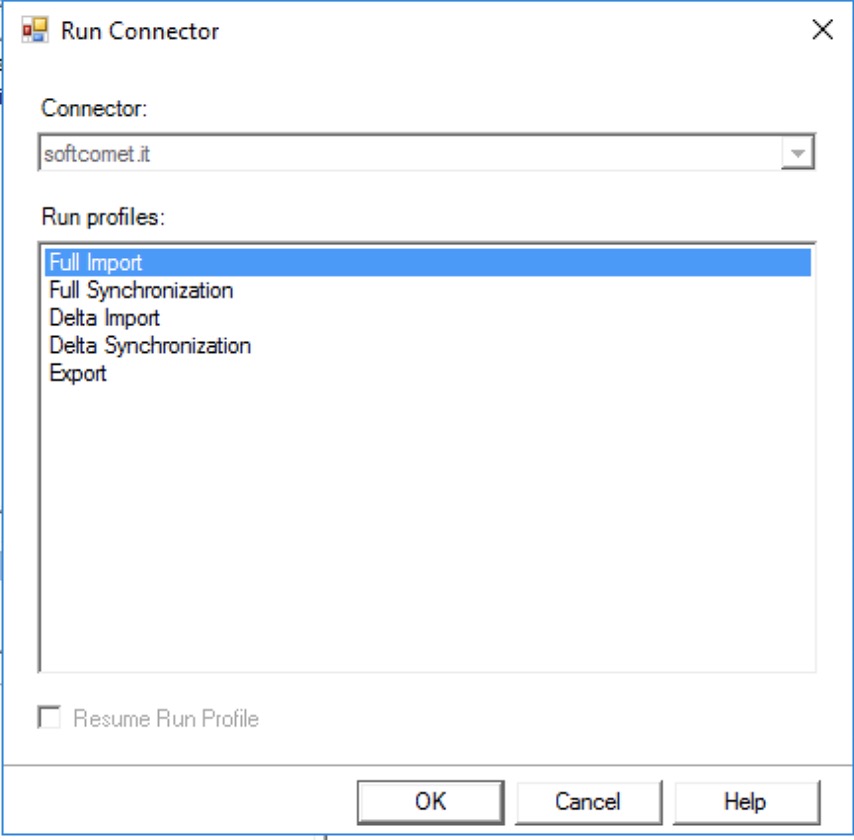

You can write the results to a file by piping the output to ConvertTo-Html or ConvertTo-Csv and adding > to the command. Error: Any error messages that were encountered.Latency(MS): The time required to complete the test in milliseconds.Result: The values returned are typically Success, Skipped, or Failure.Values are: Options, FolderSync, First Sync, GetItemEstimate, Sync Data, Ping, and Sync Test Item. Scenario: The operations that are tested.LocalSite: The name of the local Active Directory site.CasServer: The Exchange server that the client connected to.The cmdlet returns the following information. The test results are displayed on-screen.

& $env:ExchangeInstallPath\Scripts\New-TestCasConnectivityUser.ps1 To create a test user, run the following command: The first time you use this cmdlet, you might be required to create a test user. The Test-ActiveSyncConnectivity cmdlet tests Exchange ActiveSync connectivity by connecting to a specified Exchange ActiveSync virtual directory, to any Exchange ActiveSync virtual directories on a specified Exchange server, or to any Exchange ActiveSync virtual directories that are available in the local Active Directory site. In this article Syntax Test-Active Sync Connectivity For the best results, use the Invoke-MonitoringProbe cmdlet and specify the relevant active monitor probe instead of using this cmdlet.įor information about the parameter sets in the Syntax section below, see Exchange cmdlet syntax.

In Exchange 2013 or later, the functionality of this cmdlet has been replaced by Managed Availability. Note: This cmdlet works best in Exchange 2010. Use the Test-ActiveSyncConnectivity cmdlet to test connectivity to Microsoft Exchange ActiveSync virtual directories. This cmdlet is available only in on-premises Exchange.


 0 kommentar(er)
0 kommentar(er)
